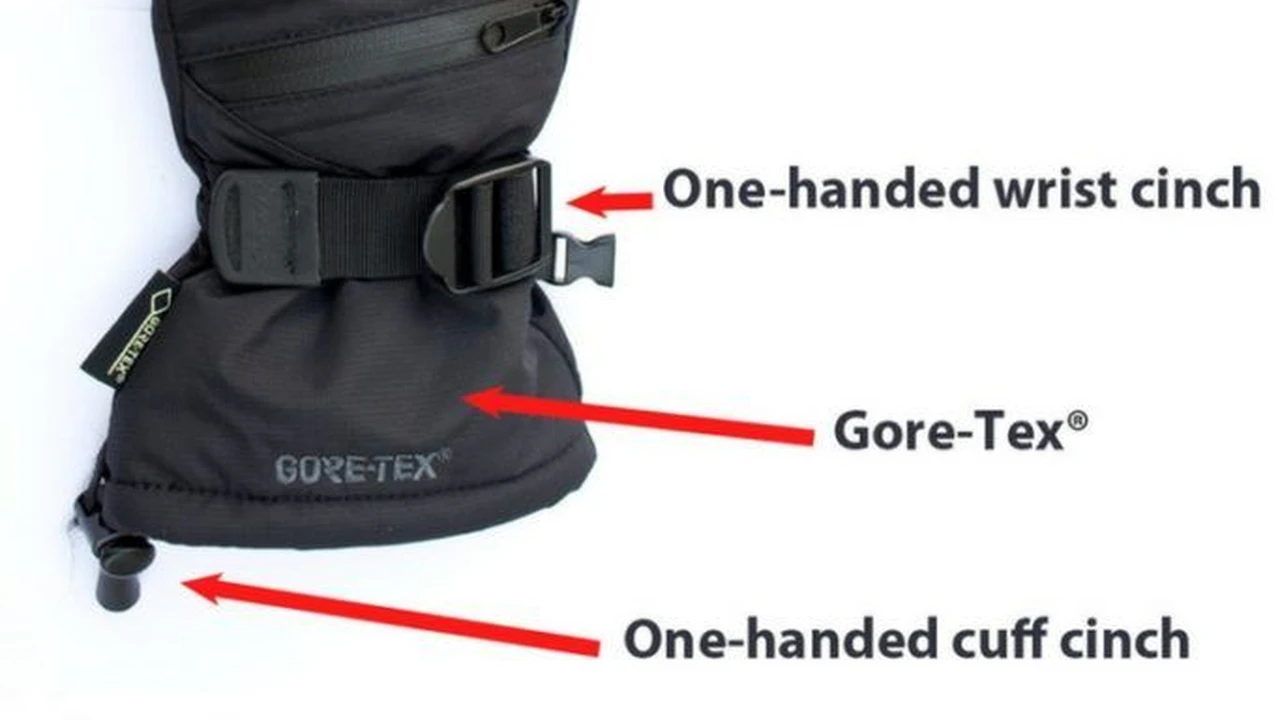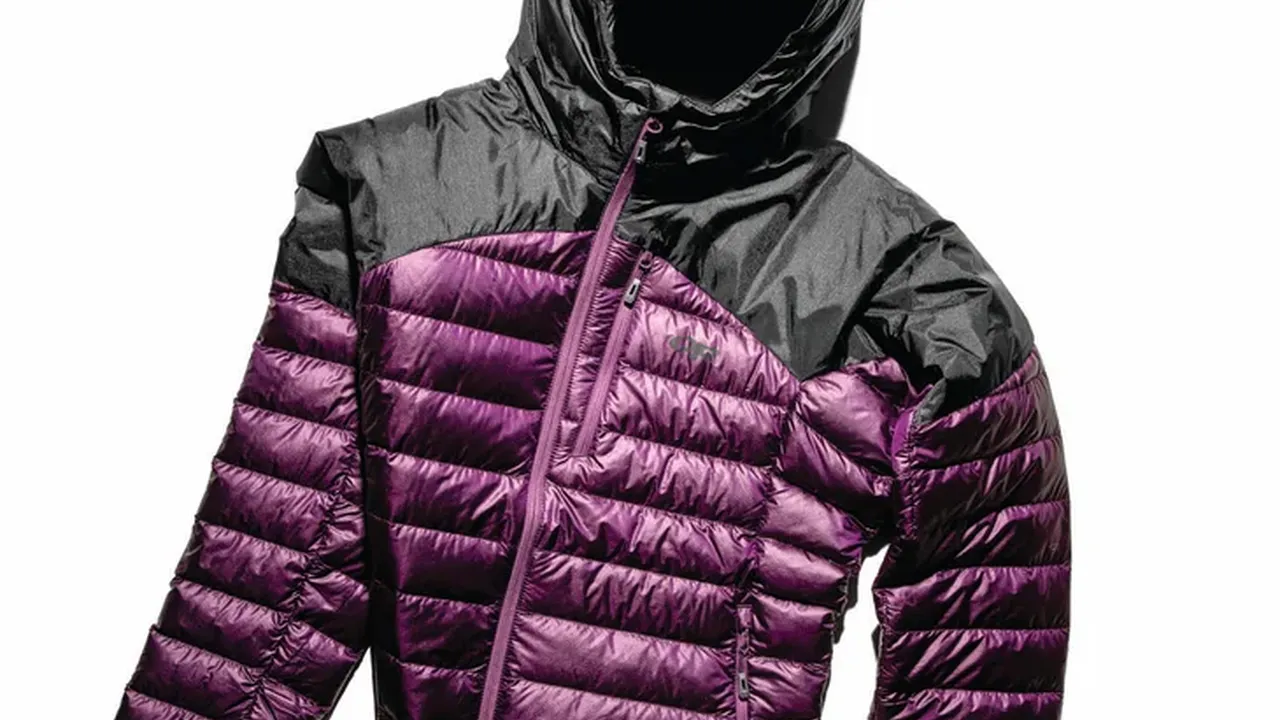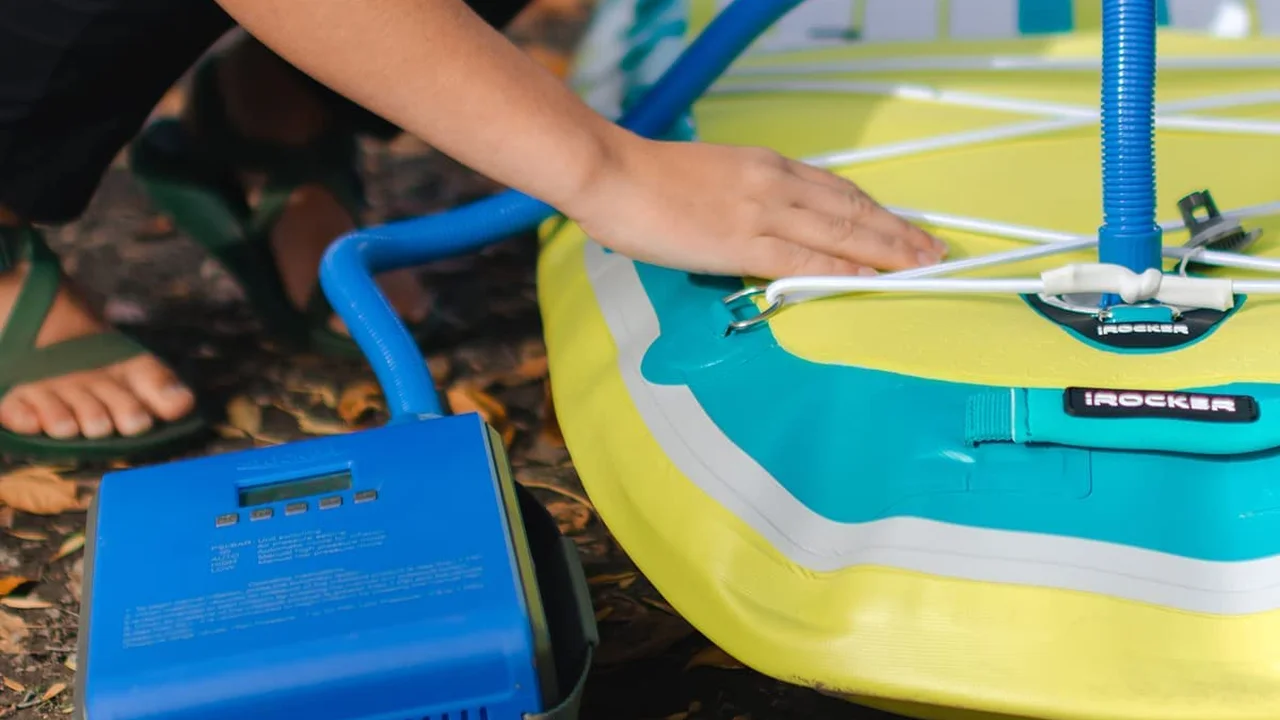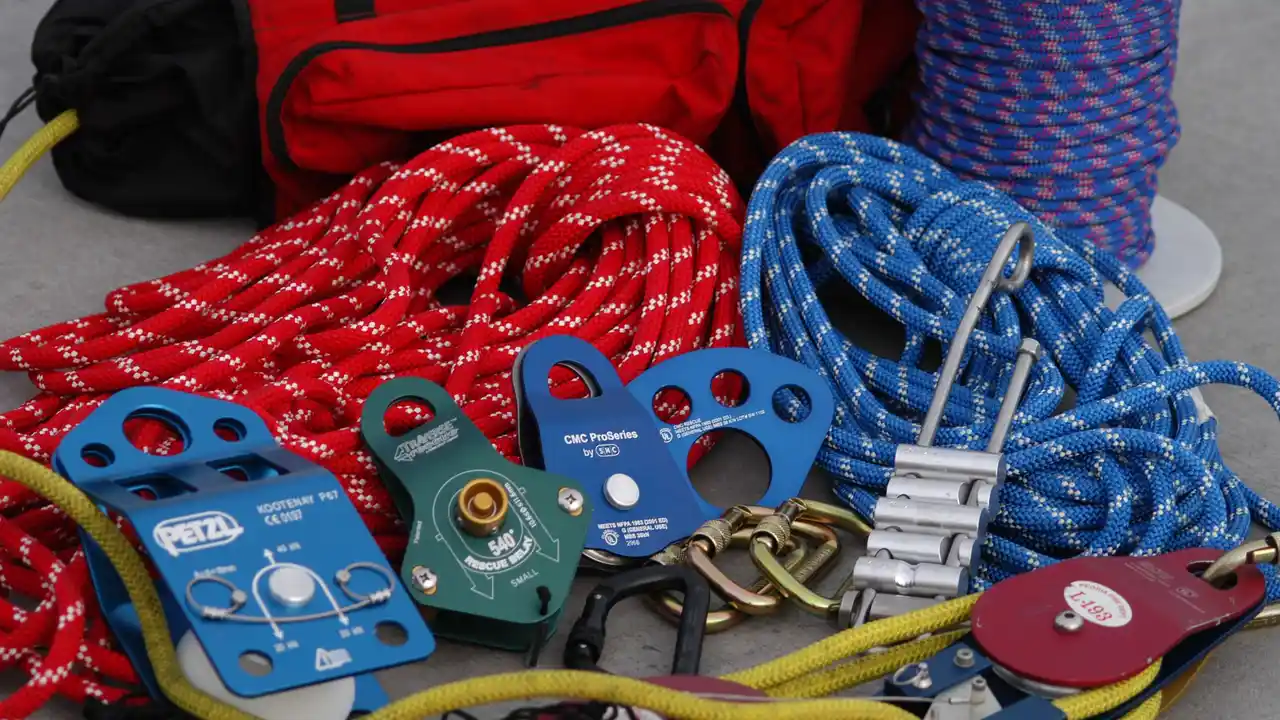Choosing the Right Gloves for Cold Weather Activities
Guide to choosing the right gloves for cold weather activities. Compare insulation, waterproofing, and dexterity for skiing, climbing, and more.

Choosing the Right Gloves for Cold Weather Activities
Hey outdoor enthusiasts! When the temperatures drop, one of the first things to suffer is your hands. Cold hands can quickly turn an amazing adventure into a miserable experience. That's why picking the right pair of gloves or mittens is absolutely crucial for any cold weather activity, whether you're hitting the slopes, scaling an icy peak, or just enjoying a winter hike. It's not just about staying warm; it's about maintaining dexterity, protecting your hands from the elements, and ensuring your comfort and safety. Let's dive deep into what makes a great cold weather glove and help you find your perfect match.
Understanding Glove Types and Their Best Uses
First off, let's talk about the different types of handwear you'll encounter. It's not a one-size-fits-all world, and each type has its strengths and weaknesses.
Gloves for Dexterity and Moderate Cold
Gloves are fantastic for activities where you need a lot of finger articulation. Think about adjusting ski bindings, handling climbing ropes, or even just zipping up your jacket. They offer individual finger pockets, which means more dexterity but generally less warmth than mittens because each finger is exposed to the cold individually.
Best Scenarios for Gloves
- Skiing and Snowboarding (especially for adjusting gear)
- Ice Climbing and Mountaineering (where rope handling is key)
- Winter Hiking (if you need to use trekking poles or handle small items)
- Photography in cold weather
Mittens for Maximum Warmth
Mittens are the champions of warmth. By keeping your fingers together in one compartment, they allow your digits to share body heat, creating a warmer environment. The trade-off, of course, is significantly reduced dexterity. You won't be tying knots or fiddling with small buckles easily.
Best Scenarios for Mittens
- Extreme Cold Expeditions
- Backcountry Skiing and Snowboarding (especially on the way up or in very cold conditions)
- Snowshoeing in frigid temperatures
- Any activity where warmth is paramount and fine motor skills aren't critical
3-Finger Gloves or Lobster Mitts for a Balance
These are a cool hybrid, trying to give you the best of both worlds. They typically have a separate index finger, with the middle, ring, and pinky fingers grouped together. This offers a bit more dexterity than a full mitten while still providing more warmth than a traditional glove.
Best Scenarios for 3-Finger Gloves
- Skiing and Snowboarding (a popular choice for many)
- Activities where you need to operate a trigger or a single button
Key Features to Look For in Cold Weather Gloves
Now that you know the basic types, let's break down the crucial features that make a glove perform well in the cold.
Insulation Types and Warmth Ratings
The insulation is what keeps your hands toasty. You'll primarily find two types:
Down Insulation for Lightweight Warmth
Down is incredibly warm for its weight and highly compressible. It's fantastic for very cold, dry conditions. However, down loses its insulating properties when wet, so it's not ideal for activities where your gloves are likely to get soaked.
Synthetic Insulation for Wet Conditions
Synthetic insulations (like Primaloft, Thinsulate, or proprietary blends) are designed to mimic down's warmth but perform much better when wet. They're also often more affordable and hypoallergenic. While they might be a bit bulkier than down for the same warmth, their wet-weather performance makes them a go-to for many.
Understanding Fill Power and Weight
For down, 'fill power' indicates the quality and loft of the down. Higher fill power means more warmth for less weight. For synthetics, insulation weight (e.g., 100g, 200g) gives you an idea of the warmth level – higher numbers mean more insulation.
Waterproofing and Breathability
Keeping your hands dry is just as important as keeping them warm. Wet hands get cold fast. Look for gloves with a waterproof and breathable membrane (like Gore-Tex, eVent, or proprietary brand membranes). These membranes prevent external moisture from getting in while allowing sweat vapor to escape, preventing clamminess inside the glove.
Why Breathability Matters
If your gloves aren't breathable, sweat will build up inside, making your hands feel cold and damp, even if the outside is dry. This is especially important for high-exertion activities.
Dexterity and Grip
Even with the warmest gloves, if you can't perform basic tasks, they're not much use. Look for features that enhance dexterity and grip:
- Pre-curved fingers: Many gloves are designed with a slight curve to match the natural resting position of your hand, reducing hand fatigue.
- Palm materials: Leather (goat leather is popular for its durability and grip), synthetic leather, or silicone prints on the palm and fingers provide better grip on poles, ice axes, or ropes.
- Touchscreen compatibility: A modern convenience, allowing you to use your phone without removing your gloves.
Durability and Construction
Your gloves will take a beating, especially if you're using them for demanding activities. Look for:
- Reinforced stress points: Areas like the fingertips, knuckles, and palm should have extra reinforcement.
- Quality stitching: Double stitching or strong seams will prevent premature wear and tear.
- Shell materials: Durable nylon, polyester, or even hardshell fabrics on the back of the hand offer protection against abrasion and elements.
Cuff Length and Closure Systems
The cuff is important for keeping snow out and warmth in:
- Gauntlet cuffs: These are longer cuffs that extend over your jacket sleeve, providing maximum protection from snow and cold. They often have a drawcord closure.
- Under-cuff designs: Shorter cuffs that fit under your jacket sleeve. These are often preferred for activities where you need less bulk around the wrist, like ice climbing.
- Wrist straps: Many gloves have adjustable wrist straps to cinch down the fit and keep warmth in.
Specific Activity Considerations for Glove Selection
The 'best' glove really depends on what you're doing. Let's break it down by activity.
Skiing and Snowboarding Gloves
For resort skiing or snowboarding, you'll want a good balance of warmth, waterproofing, and durability. You'll be exposed to snow and wind, and you'll need to handle poles, bindings, and zippers.
Recommended Products for Skiing and Snowboarding
Black Diamond Guide Gloves
Description: These are a classic for a reason. The Guide Gloves are incredibly warm and durable, designed for professional mountain guides but loved by serious recreationalists. They feature a removable liner with 170g PrimaLoft Gold insulation and boiled wool, a Gore-Tex insert for waterproofing, and a tough goat leather palm. The shell is a mix of woven nylon and leather.
Use Case: Ideal for cold resort days, backcountry skiing, and general mountaineering where warmth and durability are paramount. They offer excellent protection in harsh conditions.
Pros: Exceptional warmth, very durable, excellent waterproofing, removable liner for drying/adjusting warmth.
Cons: Can be a bit bulky, higher price point.
Price Range: $170 - $200 USD
Hestra Army Leather Heli Ski Mittens
Description: Hestra is renowned for its quality, and the Heli Ski Mittens are a prime example. They feature a durable Triton polyamide fabric shell, proofed goat leather palm, and a removable Bemberg/polyester liner with G-Loft insulation. They are highly water-resistant and very warm.
Use Case: Perfect for very cold ski days, freeride skiing, and anyone who prioritizes warmth over maximum dexterity. The long gauntlet cuff keeps snow out.
Pros: Extremely warm, very durable, comfortable, iconic design, excellent snow protection.
Cons: Less dexterity than gloves, premium price.
Price Range: $160 - $190 USD
Ice Climbing and Mountaineering Gloves
Here, dexterity is often as important as warmth, especially for handling ropes, ice tools, and carabiners. You'll likely need a layering system: a thin liner glove for dexterity, a mid-weight glove for most climbing, and a warm mitten for belaying or extreme cold.
Recommended Products for Ice Climbing and Mountaineering
Outdoor Research Alti Mitts
Description: When it's truly freezing, the Alti Mitts are your go-to. These are expedition-grade mittens with a removable liner that boasts PrimaLoft Gold insulation and a Gore-Tex insert for ultimate waterproofing and breathability. The outer shell is highly durable, and the palm is reinforced with Pittards Armortan leather.
Use Case: High-altitude mountaineering, arctic expeditions, and any situation where extreme cold demands the warmest hand protection possible. Often used over a thinner glove system.
Pros: Unbeatable warmth, bombproof construction, excellent waterproofing, removable liner.
Cons: Very bulky, minimal dexterity, high cost.
Price Range: $200 - $250 USD
Arc'teryx Rush SV Gloves
Description: These gloves are designed for severe conditions, offering a great balance of warmth, dexterity, and weather protection. They use Gore-Tex Pro for waterproofing and breathability, and a combination of PrimaLoft Gold and Silver insulation. The goat leather palm provides excellent grip and durability.
Use Case: Technical ice climbing, alpine climbing, and severe weather skiing where you need both warmth and the ability to manipulate gear.
Pros: Excellent dexterity for their warmth level, superb waterproofing and breathability, very durable.
Cons: High price, may not be warm enough for static belays in extreme cold without a liner.
Price Range: $250 - $300 USD
Winter Hiking and Snowshoeing Gloves
For these activities, you'll want something that offers good warmth and weather protection, but also allows for some breathability as you'll be generating body heat. Dexterity is less critical than for climbing, but still nice for adjusting layers or using trekking poles.
Recommended Products for Winter Hiking and Snowshoeing
Seirus Heatwave Accel Gloves
Description: These gloves feature Seirus's Heatwave thermodynamic lining, which reflects and amplifies your body heat, combined with traditional insulation. They are waterproof and breathable, often using a DryHand insert, and have a durable shell with a grippy palm.
Use Case: General winter hiking, snowshoeing, and cold weather activities where you want reliable warmth without excessive bulk. Good for active use.
Pros: Good warmth-to-bulk ratio, effective heat reflection technology, comfortable fit, often more affordable.
Cons: May not be suitable for extreme cold, waterproofing can vary by model.
Price Range: $70 - $100 USD
Marmot Randonnee Gloves
Description: The Randonnee is a versatile glove designed for a range of winter activities. It features a Gore-Tex insert for waterproofing and breathability, and Thermal R insulation. The Falcon Grip articulation and leather palm enhance dexterity and grip.
Use Case: Backcountry skiing, winter hiking, and general cold weather use where a balance of warmth, weather protection, and dexterity is desired.
Pros: Good all-around performance, reliable Gore-Tex waterproofing, comfortable fit, decent dexterity.
Cons: Not the warmest for static activities in extreme cold, some users find the fit a bit snug.
Price Range: $100 - $130 USD
Glove Care and Maintenance Tips
To make your gloves last and perform their best, a little care goes a long way:
- Dry them properly: After each use, hang your gloves to dry away from direct heat. If they have removable liners, take them out to speed up drying.
- Clean them: Follow the manufacturer's instructions. Many waterproof gloves can be gently hand-washed with a technical cleaner (like Nikwax Tech Wash) to maintain their breathability and DWR (Durable Water Repellent) coating.
- Re-proof them: Over time, the DWR coating on the outer fabric will wear off. You can restore it with a spray-on or wash-in DWR treatment.
- Condition leather: If your gloves have leather palms, condition them periodically with a leather balm or wax to keep the leather supple and prevent cracking.
- Store them correctly: Store them in a cool, dry place, ideally hanging or laid flat, not crumpled up.
Final Thoughts on Choosing Your Perfect Pair
Choosing the right cold weather gloves is a personal journey, and it often involves a bit of trial and error. Think about the specific activities you'll be doing, the typical temperatures you'll encounter, and your personal preference for warmth versus dexterity. Don't be afraid to try on different brands and sizes – fit is incredibly important for both comfort and performance. A glove that's too tight will restrict blood flow and make your hands colder, while one that's too loose will reduce dexterity and allow cold air in.
Remember, investing in a good pair of gloves is investing in your comfort and safety in the outdoors. Happy adventuring, and keep those hands warm!
:max_bytes(150000):strip_icc()/277019-baked-pork-chops-with-cream-of-mushroom-soup-DDMFS-beauty-4x3-BG-7505-5762b731cf30447d9cbbbbbf387beafa.jpg)





